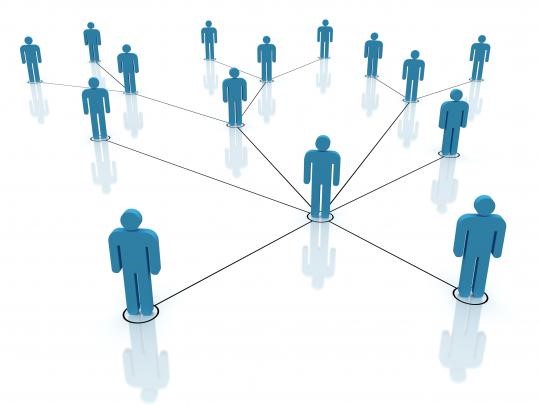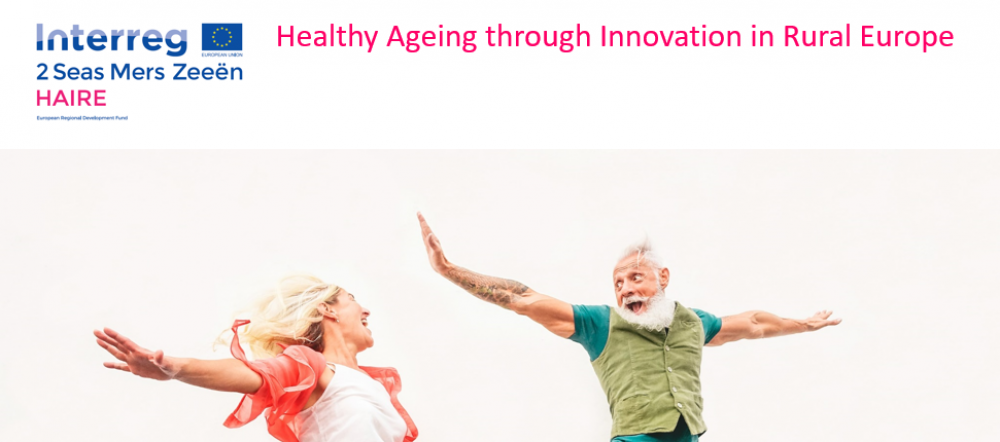The post this month comes from Sebastian Stevens and Rebecca Baines from the University of Plymouth, who have developed the Social Network Analysis component of the HAIRE toolkit.
What is a social network?
The term ‘social network’ is often used to describe online and offline connections between people. For this project, we use the term social network to mean the connections people have with one another in their local community. This could be people you enjoy spending time with, call upon for help and support, or share hobbies with. 
What is social network analysis (SNA)?
Social network analysis (SNA) is a method often used in social research to measure, understand and visualise connections between people and organisations. It has many applications including mapping friendships, exploring health advice seeking behaviours and tracing contact patterns during disease outbreaks such as COVID-19.
Why are we interested in social networks?
There is increasing evidence to suggest that the size and make-up of a person’s network plays a vital role in their health and well-being. For example:
“Existing research has demonstrated the significance of social networks in relation to physical and emotional wellbeing” (Heenan: 2011)
However, creating and sustaining these networks in a rural and ageing environment can be particularly difficult:
“Aging adults living in rural communities have less access to and lower utilization of health care services; they rely heavily on available peer and family networks. Although social networks have been linked to positive mental and physical health outcomes, there is a lack of understanding about social networks in rural-dwellings” (Gannon et al: 2016)
Working together to map people’s networks, identifying potential gaps and finding ways to build new connections can therefore be incredibly important in supporting peoples health and wellbeing in a rural setting.
What role does SNA play within the HAIRE toolkit?
As part of the HAIRE toolkit, we have developed a SNA ‘tool’ in collaboration with community members and project partners that will:
- Empower individual community members to review, reflect and discuss their own social networks and consider ways of growing and/or strengthening their connections with other people
- Allows community organisations to understand how connected people feel to one another
- Explore how social networks may differ between settings, countries and cultures.
Combined with the neighbourhood analysis and guided conversation tools, the social network tool will help provide a holistic understanding of an individual’s social connections, loneliness and isolation.
How will we capture the social networks of community members and what will we do with this information?
We will capture peoples networks through a series of short questions. These questions will be asked by a HAIRE enabler during each guided conversation with community members. Responses to these questions may then be used to inform the action plan that is created in partnership between the HAIRE enabler and community member.
In time, community members will be able to see a visualisation of their social network. This visualisation may help individuals to identify and reflect on the strength, gaps and opportunities within their social network.
We look forward to sharing insights about social networks in rural communities across Europe with you all very soon!
Seb and Rebecca work on the HAIRE project in collaboration with project partners and pilot sites. Led by Dr Arunangsu Chatterjee, Associate Professor of Digital Health & Education and Head of Digital Education at the University of Plymouth, Seb and Rebecca are providing academic support to the HAIRE project to help explore and understand the impact of social networks on health and wellbeing. To find out more about their research or The Centre for Health Technology, please click here.
